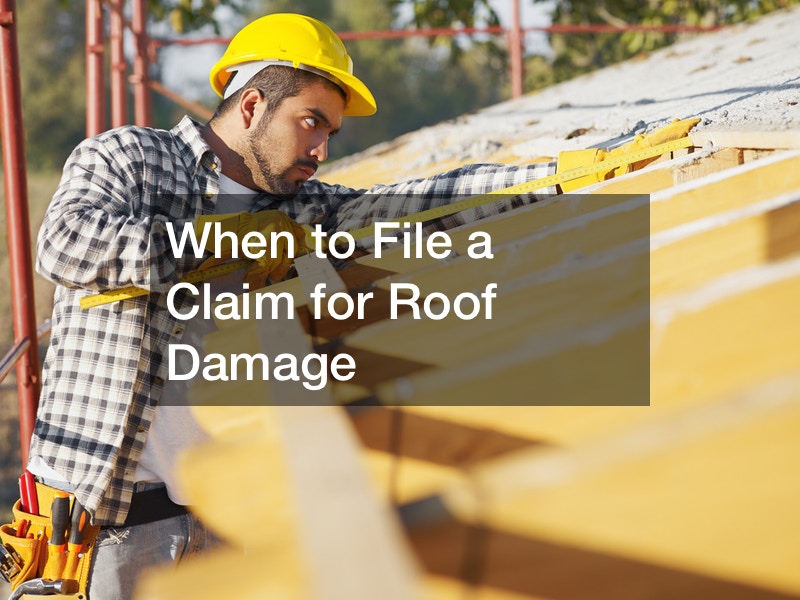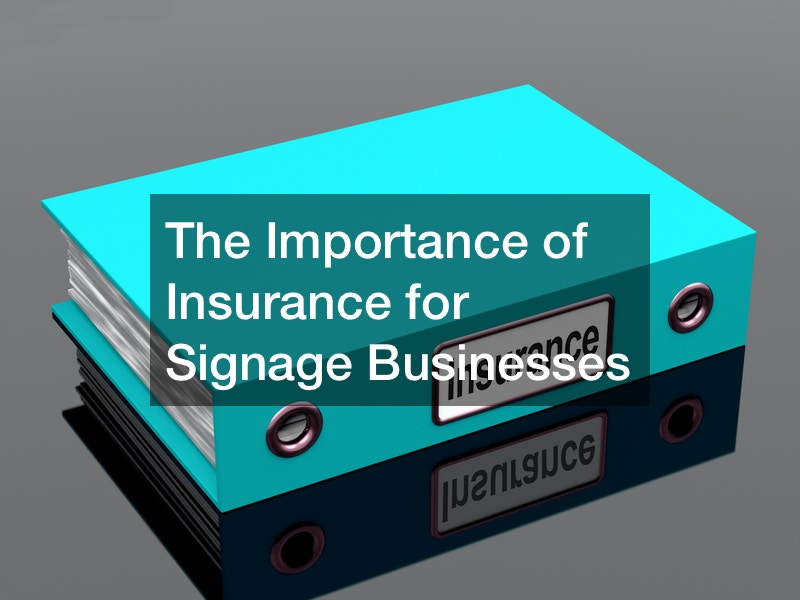
Roofs are essential parts of any home that demand insurance protection from adverse weather conditions that cause wear and tear. Insuring your roof is vital, as it protects you and your family from the elements and ensures that your house is structurally sound. Knowing when to file a claim for roof damage is crucial if your roof has suffered damage from wind, hail, or storm. You want to ensure you are getting the best value for your insurance policy by filing the claim at the right time.
Roof insurance policies are replacement cost policies, which means they will cater for the replacement of your damaged or destroyed roof and, in other instances, complete replacement of the structure and its contents. Therefore, it is essential to know what you are up against, including when to file a claim for roof damage. The best time to file a roof damage claim is as soon as possible after discovering that your home has experienced any damage from a storm or other natural disaster.
What Is Covered by Roof Insurance?

Roof insurance covers the risks of strong winds, storms, and hailstorms. Homeowners’ insurance policies typically cover roof damage from storms and high winds, but not all policies provide full coverage for storm damage. Therefore, you must read your policy carefully to determine the scope of coverage, limitations, and exclusion clauses. For example, some policies may exclude damage from hail or falling trees. If these risks occur frequently, you may have to take add-ons or roof damage riders. On the other hand, insurance may not cover damage resulting from neglect on your part.
Hail Damage
Hail stones can cause dents, cracking, and chipping of tiles or slates. Hail storms can also break tiles and slates off the roof.
Water Damage

If water gets in through the roof and leaks into your home, you may be able to file a claim. However, the amount of water entering the house will affect your claim. You may not file an insurance claim if there’s only a small amount of water and it doesn’t cause significant damage.
Frost Damage
Frost damage occurs when water in the roof freezes during cold weather conditions. As this happens, ice expands, causing cracks in the slates or tiles which can lead to leaks inside the house, leading to further damage such as mildew and mold growth on walls which poses a health risk for occupants.
Wind Damage
Winds over 60mph can cause severe damage to roofs as they tear away large sections of material from buildings, causing severe structural damage. For example, wind can blow shingles off roofs or even cause entire areas of roofs to collapse onto lawns or driveways below them. If wind causes significant damage to your home’s structure or exterior walls, consider filing a wind damage claim.
Where to Start When Filing a Claim
If your home experiences roof damage, you’ll need to determine whether your insurance policy covers the damage. First, contact your insurance company in person or by phone and file a claim. The insurance provider takes a report, orders an inspection, and advises if they need to contact a roofing contractor for roofing repair estimates or new roof installation costs. You should expect the insurance provider to request receipts and other documentation. Document the damage with photographs and video footage from different angles and heights so the insurance company can process your claim quickly and accurately. The insurance company recommends or may allow you to choose your roofing contractor if the claim is approved. The insurance company will reimburse some or all costs associated with repairing or replacing your damaged roof.
Signs
Several factors dictate when to file a claim for roof damage. The most common reason is hail or large amounts of rain causing leaks in your home. If you suffer damage to your roof, you may recover the cost of repairs by filing a claim with your insurance company.
You can protect your roof, but that doesn’t mean it will remain pristine for the rest of its life. Roof damage is inevitable, and when it happens, you need to file a claim with your insurance company, but how do you know when to file a claim for roof damage? There are many reasons why you might need to file a roof damage claim, and if you haven’t yet filed a claim for roof damage, here are some signs that it might be time to do so:
Roof Damage
Damage caused by wind or hail. High winds or hail storms can cause water damage in your home due to broken or blown away gutters. If this happens, your insurance company should treat it as a loss that requires repair.
Mold or Mildew on the Roof
Showing mold or mildew on the roof suggests water leaks into attics and roof trusses, collecting around joists and rafters. Mold is a sign of moisture getting into the house, and its presence on your ceiling or walls could lead to expensive repairs if left unattended for too long. The best thing to do is call a professional immediately for advice on when to file a claim for roof damage.
Leaking Roof
If you notice water coming in through the ceiling or walls, your roof is leaking. A leaking roof occurs due to faulty flashing, a damaged chimney, or missing shingles. The most common cause of leaking roofs is poor ventilation and moisture buildup caused by clogged gutters and poor drainage around the house. If you spot leaks in your roof, it helps to act quickly. As a result, you will save on your monthly utility bills, protect your home’s valuable contents from water damage, and prevent further issues. In addition, an unsightly stain on the ceiling of your home is a clear indication that something is wrong with your roof.
Missing Shingles
Missing shingles signify the presence of open spaces between tiles that allow rainwater to fall. It could mean holes in the tile or loose nails due to exposure to weather conditions such as sun, wind, and rain. If you see missing or broken tiles on your roof, it’s time to call a professional roofing contractor to help you decide when to file a claim for roof damage.
How to File a Claim

Roof damage insurance claims are typically the result of a storm or other natural disaster. For example, a severe storm can cause wind or hail damage that damages your roofing system. If this happens, you’ll likely have to pay a deductible before your insurance company covers the cost of repairing or replacing your roof.
When considering a claim, ensure you keep all receipts and photos of the damage so you can submit them with your claim. You will also need to send in any estimates from a reliable roofer who will repair or replace damaged areas of your roof.
The first step is to get a contractor to inspect your roof. It’s paramount that you hire someone who is licensed, bonded, and insured to protect you from liability issues. The contractor should also be familiar with the type of material on your home’s roof, for example, a metal roof contractor. Ensure you choose a contractor carefully so that you don’t end up with an inexperienced person who will cause more problems than they solve. The best way is by asking friends and family members for referrals to validate advertisements or online reviews. Contractors may ask to come in and inspect the roof before giving you an estimate and advice on when to file a claim for roof damage.
What to Consider Before Filing a Claim
The first thing an insurance company asks for is proof of ownership of the home and proof of purchase of any materials damaged in the storm. Next, you’ll have to ensure your records are in order, including receipts for any recent work done on your roof or siding. If you hired commercial roofing contractors to perform maintenance on your roof, ensure they’ve given you receipts for their services. Contact a professional roofing contractor immediately to inspect your roof after a severe weather event. Insurance companies have the right to settle claims for anything they feel is within the bounds of the policy. They also have the right to hire experts in various fields to assess damages, including structural and property damage. If you disagree with your insurer’s decision about how much to pay for repairs or replacement of damaged items, you can file an appeal through your insurance company.
If you have storm or hail damage, it’s essential to know when to file a claim for roof damage with your insurance company. Ensure you have insurance covering roof damage and don’t wait too long before contacting your insurance company after a storm or hail hits.
Your Deductible Amount
The deductible amount influences when to file a claim for roof damage, as your insurance company, won’t cover all roof repairs, and you may end up paying out-of-pocket if you have a high deductible amount. Consider raising your deductible, so you don’t have to pay out-of-pocket for more minor repairs like shingles and flashing materials.
The Severity of the Damage
If the damage to your roof caused by weather or other factors is minor, it might not be worth filing a claim for roof damage yet. Instead, engage leaky roof repair services to assess possible leaks. You can file a claim later if more damage occurs and starts leaking or causing problems in your home or business building. Severe roof damage requires more urgency to get fixed. If your roof is leaking or has other signs of wear, like mold or mildew, it’s time to consider roof damage repair.
Tips to Ensure the Success of Roofing Claims

Insurance policies typically include a waiting period before filing a claim to give the company time to investigate the situation and ensure coverage under the policy. You also want to wait for any other parties involved in the incident (like your landlord) to respond with information about what happened and whether they will be making any claims too.
Ensure you have details about the damage, including information such as the date of loss, the amount of damage, and whether there were any injuries or structural problems. If more than one area is affected by the same event (such as a storm), make sure you include each area separately in your claim.
Ask questions if there is anything unclear or missing from your policy. For example, does your policy cover water damage? If so, when will it pay out for this type of damage? Will it pay out for roofing repairs arising from wind or hail? What will happen if you are selling a home?
Contact an experienced claims adjuster immediately after filing your claim. They will review all the information you’ve given them and help determine how much money is payable for repairs or replacement costs before sending the payment directly to your contractor or vendor.
In the wake of a severe storm, it is prudent to act fast. One of the most dreaded events after a recent storm is receiving notification that your roof has suffered some damage. A standard homeowner’s policy will cover roof damage caused by wind, fire, and rain. If you live in an area characterized by severe weather and have a wind damage policy, you could file a claim if you suffer significant hail damage to your roof. The first thing you’ll want to know is how extensive the damage is and the impact it will have on your home. Then, you can choose your own roofing company or call your insurance company to recommend when to file a claim for roof damage.




